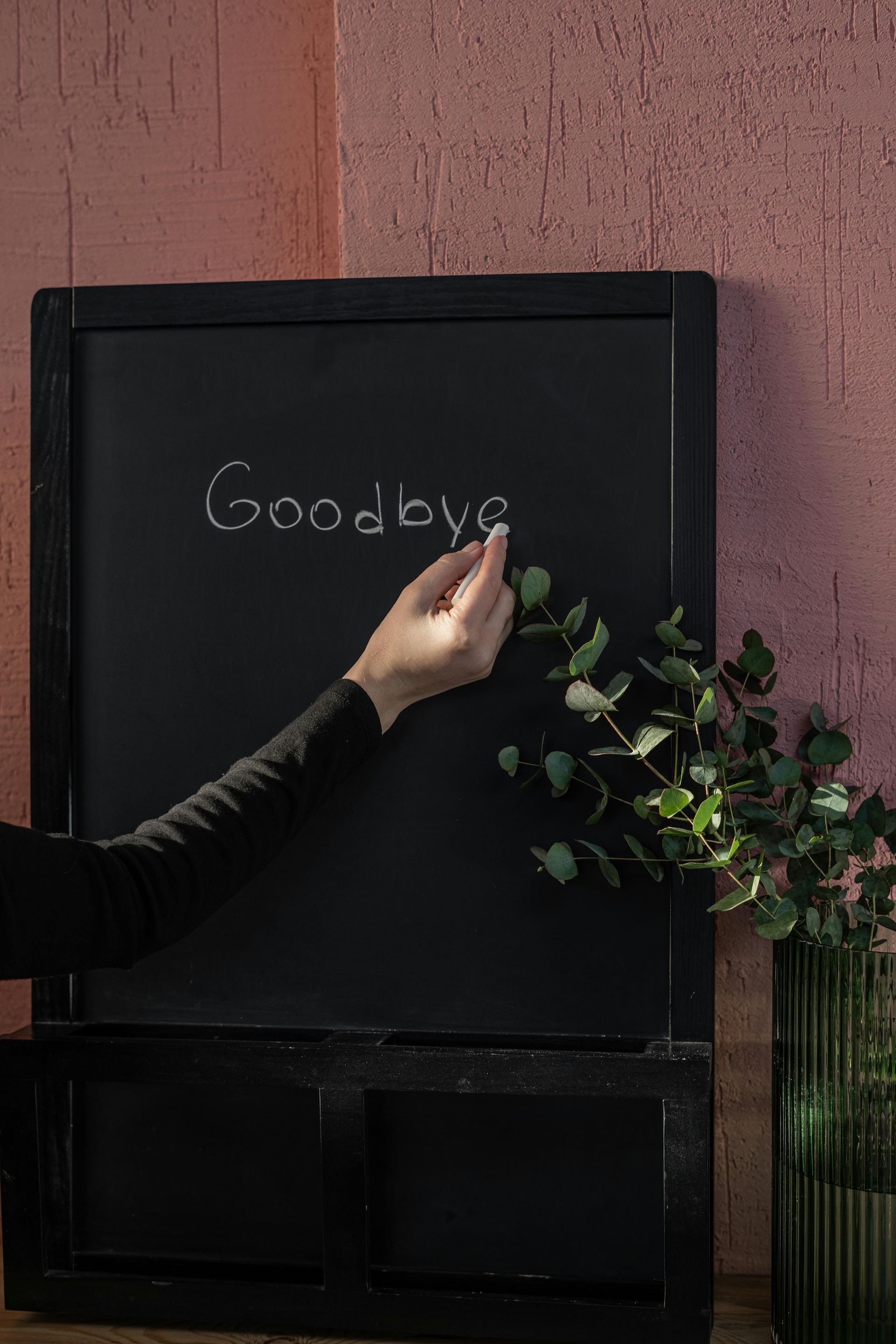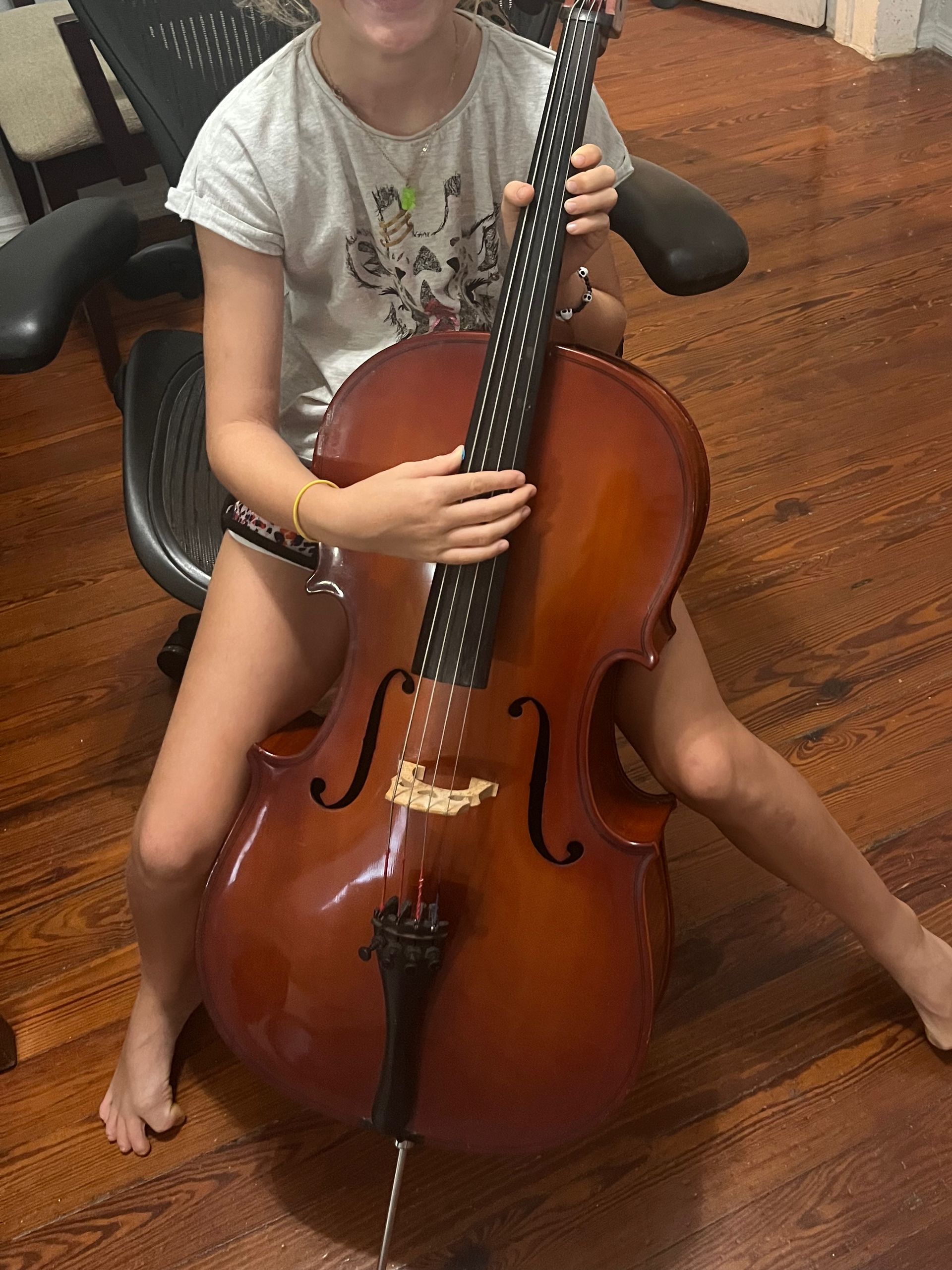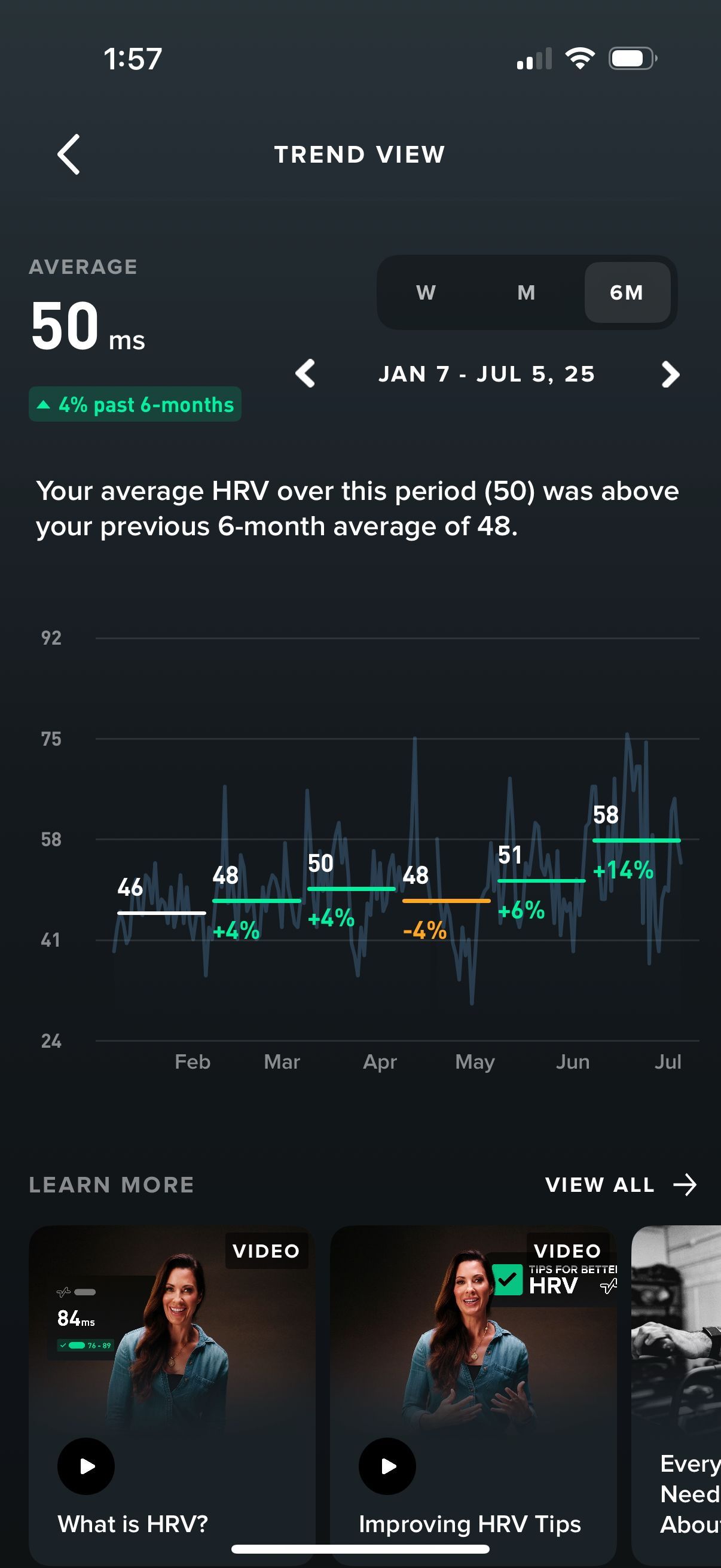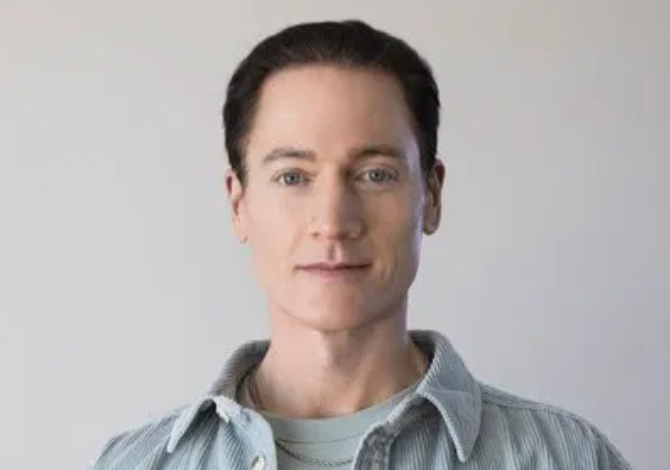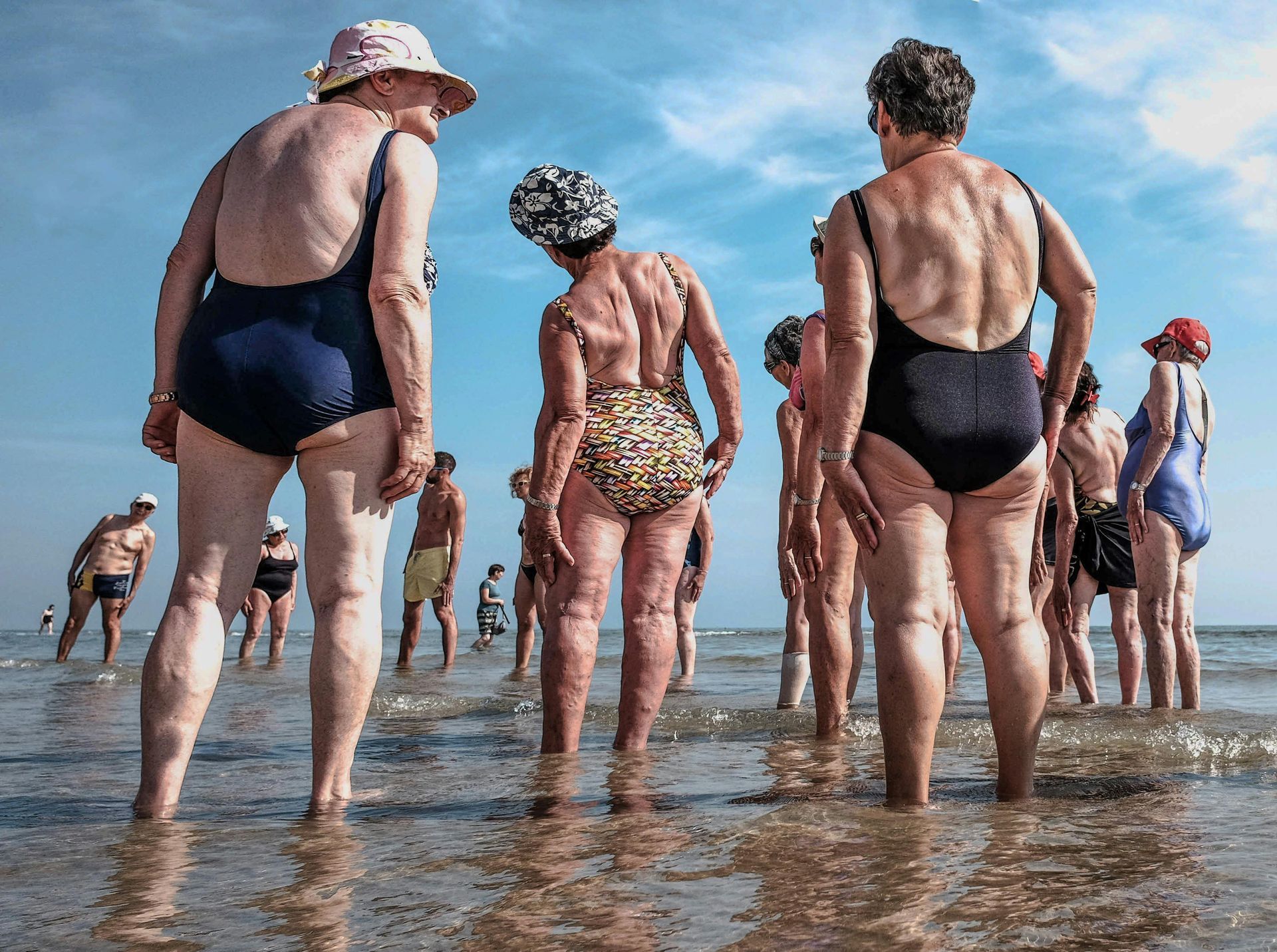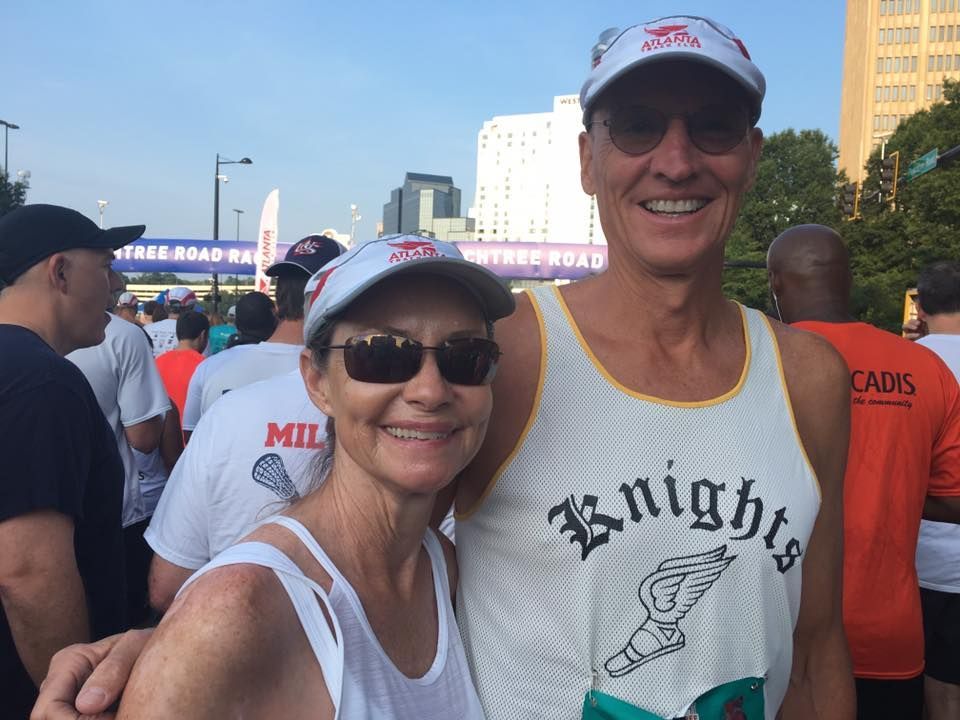Timeless Conversations: The Best Books I Read in 2023
“The reading of all good books is like conversation with the finest men [people!] of past centuries,” wrote René Descartes, he of “I think therefore I am” fame, 400 years ago. If this was true in his own day, how much more so is it in our own when we can tap into that accumulated wisdom and add to it the millions of books now published each year?
Having “consumed” (read or listened to) more than 150 books over the past 12-months, as we close the year, I wanted to share some of my favorites in case you are building your own reading list for 2024. I also ask that you share any particularly great reads you came across as I am currently in the process of building out my own!
So, without further ado:
Bold Beginnings
Two books published by friends of mine are a great way to start the list, and to start your year. Begin Boldly: How Women Can Reimagine Risk, Embrace Uncertainty & Launch a Brilliant Career by Christie Hunter Arscott and The Bold Ones: Innovate and Disrupt to Become Truly Indispensable by Shawn Kanungo are the perfect pairing. Whether you are just starting your career or are looking to kick it up a notch in your already established career, both are filled with insightful and practical advice as well as inspirational stories of the recommended practices being used IRL.
Making a House(l) a Home
I was no doubt late to Morgan Housel’s The Psychology of Money: Timeless Lessons on Wealth, Greed, and Happiness having only recently read it, but it was so good I had to immediately pick up his new book, Same as Ever: Timeless Lessons on Risk, Opportunity and Living a Good Life, as well. The first does a great job in helping distinguish “rational” versus “reasonable,” making the case for not setting your bar too high, and demonstrating that wealth is not what you spend, but rather what you save. The second is perhaps even more relevant today as questions (and fears) regarding the rise of AI and more come to the fore. Rather than focusing on what will be different, the book makes the case that the more important, and helpful question is instead what will stay the same.
Better Breathing
Another natural pairing, Breath: The New Science of a Lost Art by James Nestor and Jaws: The Story of a Hidden Epidemic by Sandra Kahn and Paul R. Erhlich had immediate and measurable positive impacts on my life. For something we do more than 20,000 times a day, we give surprisingly little thought to breathing, until, e.g., with COVID, we find it more difficult than usual. The books make a compelling case for how and why we are getting so much of this wrong and are filled with many free ways we can address this immediately. I have implemented several of the practices recommended in my own life, and my calendar now includes 2 separate daily reminders to stop and do 4-7-8 breathing.
TED Talks
Preparing for my own TEDx talk in May, I of course had to revisit the phenomenal TED Talks: The official TED guide to public speaking: Tips and tricks for giving unforgettable speeches and presentations by the Head of TED, Chris Anderson (for the third time!). As is evidenced by the fact I read this book twice before this year, it is relevant for anyone, not just a TED speaker. The lessons in storytelling, presenting, and communicating more broadly will make you better and more effective regardless of your role or objective.
It's Sophie’s World, We Just Live in It
I am not sure what it says about me that a children’s introduction to philosophy book is one of my favorites of the year, but there you have it. Philosophy literally means “the love of wisdom,” but when written by philosophers, for me at least it can be intimidating, confusing, and oftentimes inaccessible. Sophie's World by Jostein Gaarder is the exact opposite. It makes philosophy and the history of philosophy accessible, entertaining, and thought provoking, and teaches you quite a bit in the process.
A Man for All Times
My fascination with Paul Newman stemmed not from his acting, but rather from reading In Pursuit of the Common Good: Twenty-Five Years of Improving the World, One Bottle of Salad Dressing at a Time by Neman and his friend and business partner, A.E. Hotchner, a few years ago on the recommendation of Tim Ferriss. Thus, when his memoir came out (The Extraordinary Life of an Ordinary Man: A Memoir), I had to pick it up immediately, and boy am I glad I did. If you only know of Paul Newman through his acting, or through his salad dressings, or through his philanthropy, or through his car racing, or through his…you get the picture, then you are missing out. What a man. What a life.
Getting Back to Our Roots
How is it that it took me until my forties to read Roots by Alex Haley?! I read his The Autobiography of Malcolm X: As Told to Alex Haley in college, so clearly knew he could write. I also knew the PBS show Roots was a cultural phenomenon, though I still have never watched it. And yet, it took me until this year to pick up Roots the book. My conclusion? The best time for any of us to read it was we were in school learning history. The second-best time? Right now! Why is this not part of the standard school curriculum?
Shine a Little Light on Me
I have said it before and will continue to say that one of the most under-appreciated gifts of the Obama Presidency was that it brought Michelle Obama into our lives. The former First Lady’s The Light We Carry: Overcoming in Uncertain Times is a beautifully written book that will leave you with all the feels.
Look at Me
Jennifer Egan is probably best known for her novel, A Visit from the Goon Squad. As good as that book and its sequel are, reading her even earlier written work, Look at Me, this year I was left wondering: “Is THIS the great American Novel of the 21st century thus far?” Written in 2001, Egan’s prescience on what our future holds is astonishing when read in hindsight. Any of her books are worth picking up, but this is my favorite.
Musings
Are you looking to read a great book? The Tenth Muse by Catherine Chung is just that. Need I say more?
The Navalmanack
Anyone who can get Tim Ferriss to write an introduction is onto something. The Alamanack of Naval Ravikant by Eric Jorgenson is the closest thing I have found to a modern Tao Te Ching. This book is available for free but I bought a hard copy immediately after finishing and plan to revisit it frequently, like I do the Tao Te Ching and Marcus Aurelius’s Mediations.
Keeping the Covenant
Abraham Verghese’s writing is simply beautiful. The way he crafts and tells a story leaves me in awe. I also have a fascination with India going back decades. It is truly a world within a single country, and a lifetime of reading about it, learning about it, and traveling and living around and within it would not be enough to fully understand it. Bringing Verghese’s writing virtuosity together with an epic multi-generational novel set in India is basically the Venn diagram of all of my favorite things. The Covenant of Water was always going to be on this list.
Healthspan > Lifespan
We often get two major things wrong when it comes to health. The first is that we equate health with an absence of disease. That is missing the point. The second is that much of health is focused on longevity/lifespan, i.e., extending the number of years we live, rather than the far more applicable and inspiring Healthspan, i.e., extending the number of HEALTHY years we experience. As perhaps the most well-known proponent of a Healthspan-focused approach, Dr. Peter Attia’s Outlive: The Science and Art of Longevity could not come at a better time, even if it could have done with a better subtitle :). Attia’s final chapter on mental health brings much needed breadth to the subject of what health is and requires, and poses a question too rarely asked: why do want to live longer if you are not living a life you love?
The World in a Book
Simon Sebag Montefiore’s rollicking The World: A Family History strikes me as obvious required reading for life at any age, and wherever in the world you find yourself. Spanning the globe, and human existence, Montefiore makes our common story one well worth reading. It is an amazing story, so well told, so thorough, so expansive, and is an astonishing accomplishment.
Sovereignty
Am I allowed to put The Sovereign Individual: Mastering the Transition to the Information Age by James Dale Davidson and Lord William Rees-Mogg on my list? Perhaps Lord Rees-Mogg’s son’s politics will turn off some, while Peter Thiel’s new preface will prove anathema to others. And yet, like Ray Dalio’s Principles for Dealing with the Changing World Order: Why Nations Succeed or Fail last year, this book made me see the world in an entirely new light, question many things I took for granted as true, and months later I am still not sure what to think (or do!). Anyone who reads this and wants to talk about it with someone, please give me a call!
Dinner Reading
Mother for Dinner by Shalom Auslander is by far the most bizarre, hilarious, and original book I read this year. I have never come across anything quite like it, and I mean that in a good way.
Anne with an “E”
I originally came across Anne of Green Gables by Lucy Maud Montgomery when I was in Mrs. Rainy’s third grade class at Shades Cahaba Elementary School in Homewood, AL. After lunch, she would read the book to our entire class. When Talulla received this book as a birthday present, it took the place of our Wizard of Oz series (since we have now read all of the 14 books in the series written by L. Frank Baum), and it is even better than I remembered. Talulla laughed out loud several times, loves Anne (with an E!), and as soon as we finished the first, we headed to the bookstore to pick of Anne of Avonlea. Whether we will also make it to the end of this series is still to be seen, but we are enjoying it thus far.
Not so Hidden Potential
It is hard to think that "the man who does everything," as Tim Ferriss described him, could have had a time when his potential was hidden, but in what is perhaps his best book yet, in Hidden Potential Adam Grant shares incredibly personal stories of overcoming his own doubts and circumstances throughout his life to get to where he is. Like with his other books, he also includes lots of evidence to back up his assertions, compelling and original stories from all over the world, and actionable insights on how we can all be better at unlocking that potential hidden within each of us.
Christmas Bonus
While in London over the summer I ducked into a bookstore across from the British Museum and picked up a replica first edition of Charles Dickens' A Christmas Carol. I would have forgotten about it, but fortunately as we got close to the big day, Talulla reminded me. As many times as I have seen A Christmas Carol performed live or on television, I think this was my first time reading it myself, though with this classic, I doubt it will be my last.
As you can tell, the reading was as varied this year as in prior years. Hopefully there is something you find interesting or useful here.
Books are truly remarkable - they allow us to commune with some of history's greatest minds. The living and the deceased sit equally on our shelves, ready to impart hard-won wisdom. I very much look forward to continuing the centuries-long conversation in 2024 by learning from both contemporary thought leaders as well as enduring voices from the past.

